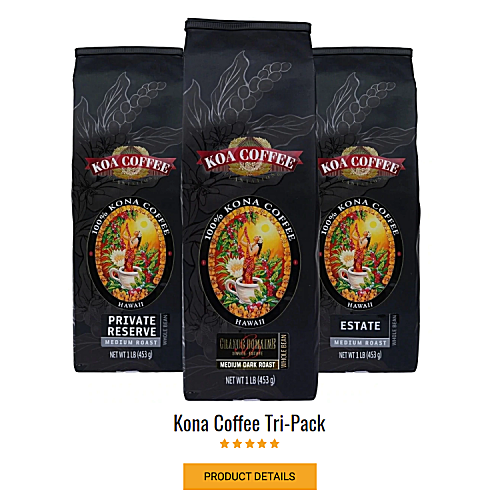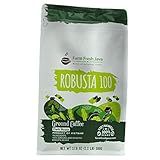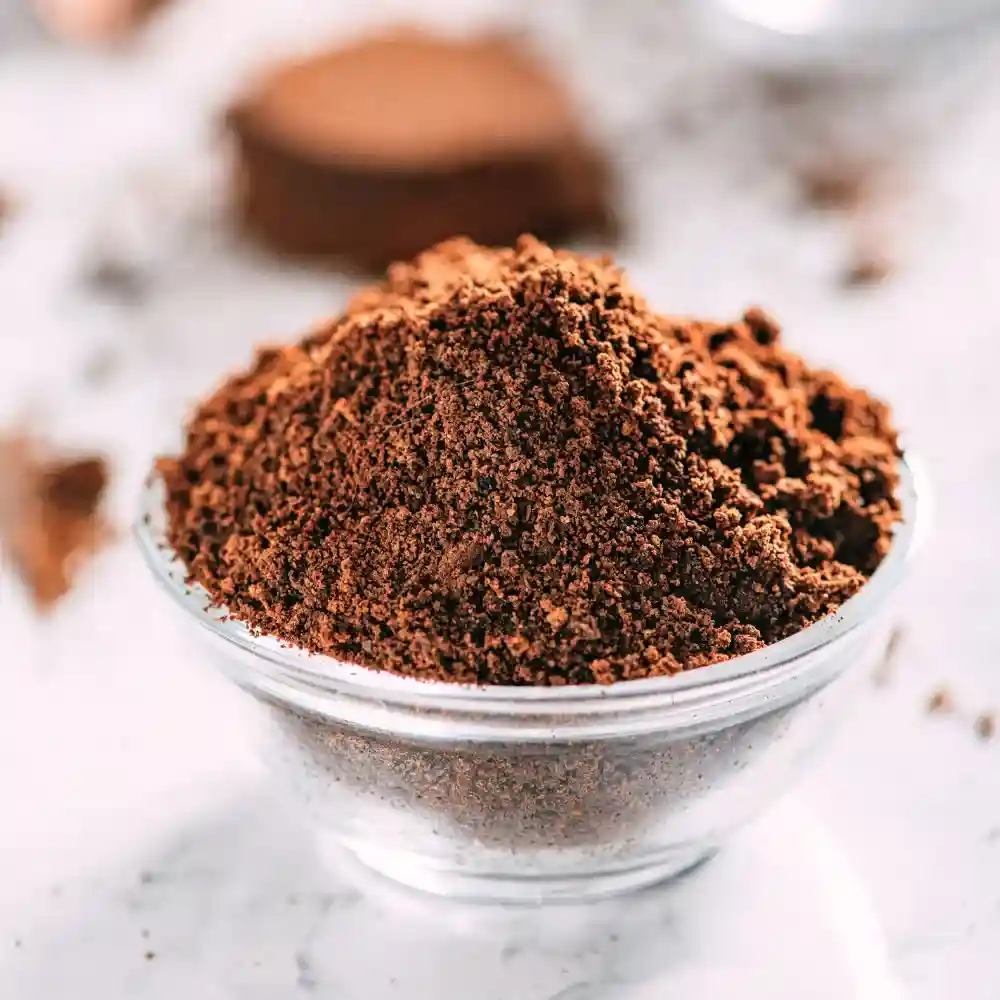Welcome to the grand arena of coffee, where two titans of taste, Arabica, and Robusta, engage in a flavorful showdown. This is not just a battle, but a Bean Battle Royale. As we embark on this journey, we’ll delve into the rich, aromatic world of coffee, exploring the unique characteristics that set these two contenders apart. From their ancient origins to their cultivation practices, from their distinct flavor profiles to their economic impact, we’ll uncover the fascinating stories behind these beloved beans. So, grab your favorite brew, settle in, and prepare for an enlightening exploration of Arabica vs Robusta coffee. Let the Bean Battle Royale begin!
Arabica vs Robusta: Key Takeaway
- Origins and History: Arabica coffee originated in the highlands of Ethiopia, while Robusta coffee traces its roots back to the lowland forests of Sub-Saharan Africa. Both varieties have a rich history that has significantly influenced coffee culture worldwide.
- Cultivation and Production: Arabica coffee thrives in high altitudes and requires careful attention, while Robusta coffee is hardier and can withstand harsher climates. Brazil is the largest producer of Arabica, while Vietnam leads in Robusta production.
- Flavor Profiles and Aroma: Arabica coffee is known for its smooth, delicate flavor and low acidity, while Robusta coffee is characterized by its strong, robust flavor and higher caffeine content.
- Nutritional Content and Caffeine Levels: Both Arabica and Robusta are rich in antioxidants, with Robusta containing almost double the caffeine of Arabica. Coffee consumption has been linked to numerous health benefits, but moderation is key due to the potential side effects of overconsumption.
- Economic Impact and Sustainability: Arabica dominates the global coffee market, but Robusta plays a crucial role, especially in regions with challenging climates. Sustainability in coffee production is increasingly important, with many producers and brands implementing sustainable farming practices and certifications like Fair Trade and Rainforest Alliance.
Origins and History
In the world of coffee, the Arabica vs Robusta debate is as old as the hills. These two varieties have distinct origins, each with a rich history that has shaped the coffee culture we know today.
The Birthplace of Arabica
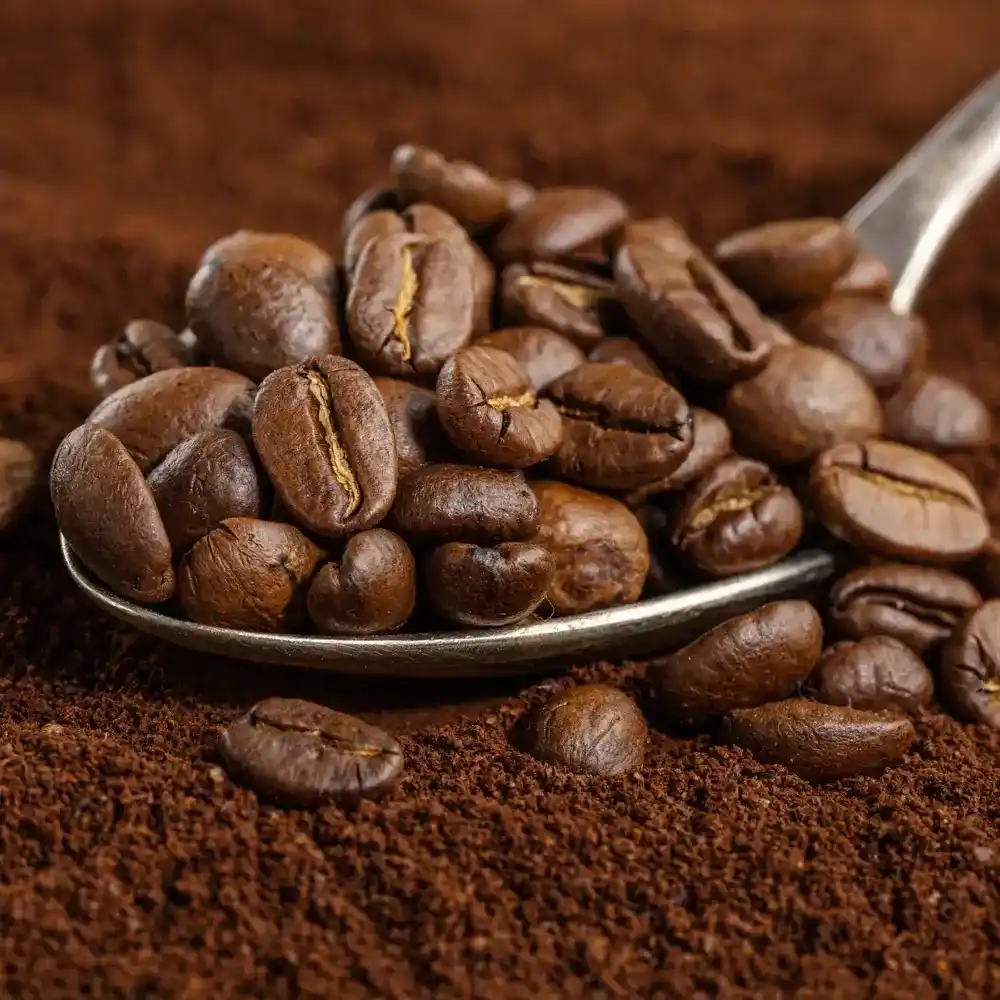
Arabica coffee, the aristocrat of coffee beans, traces its roots back to the highlands of Ethiopia. A goat herder named Kaldi noticed his goats dancing energetically after eating the red berries from a certain tree. This tree was the Coffea Arabica. From these humble beginnings, Arabica beans spread across the Arabian Peninsula, and eventually, to the rest of the world. Today, Arabica coffee is cherished for its smooth, delicate flavor and low acidity, making it the choice of coffee connoisseurs worldwide. (1)
The Roots of Robusta
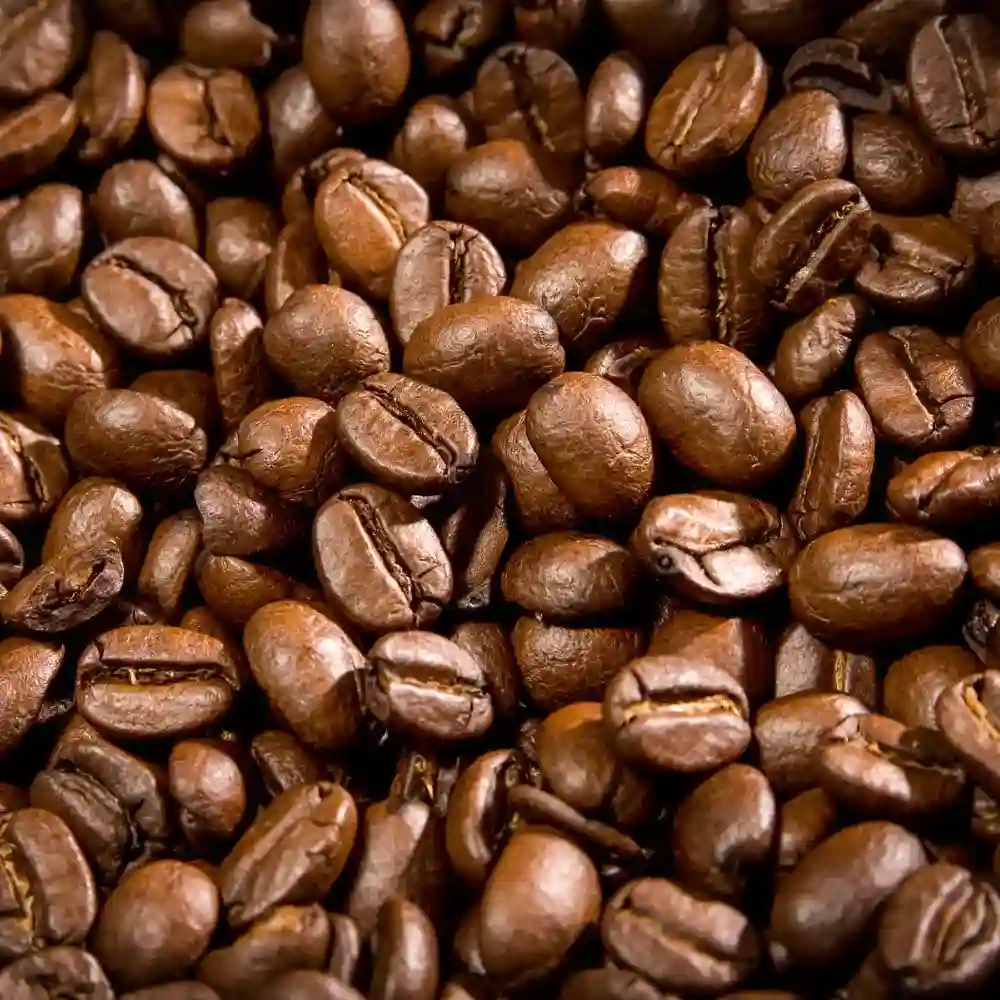
On the other hand, Robusta coffee, known scientifically as Coffea Canephora, originated in the lowland forests of western and central Sub-Saharan Africa. The Robusta plant is hardier than its Arabica counterpart, capable of thriving in harsher climates and at lower altitudes. It was not until the late 18th century that Robusta gained prominence. In 1927, a hybrid of robusta and arabica was discovered. This strain was later employed in the breeding of rust-resistant plants. Robusta has since become a staple in many traditional espresso blends. (2)
Historical Significance of Both Varieties
The histories of Arabica and Robusta coffee are intertwined with the histories of the regions they come from. Arabica, with its Arabian origins, played a significant role in the cultural and social life of the Middle East, influencing everything from religious practices to social gatherings. Similarly, with its African roots, Robusta has been a vital part of local economies and traditions.
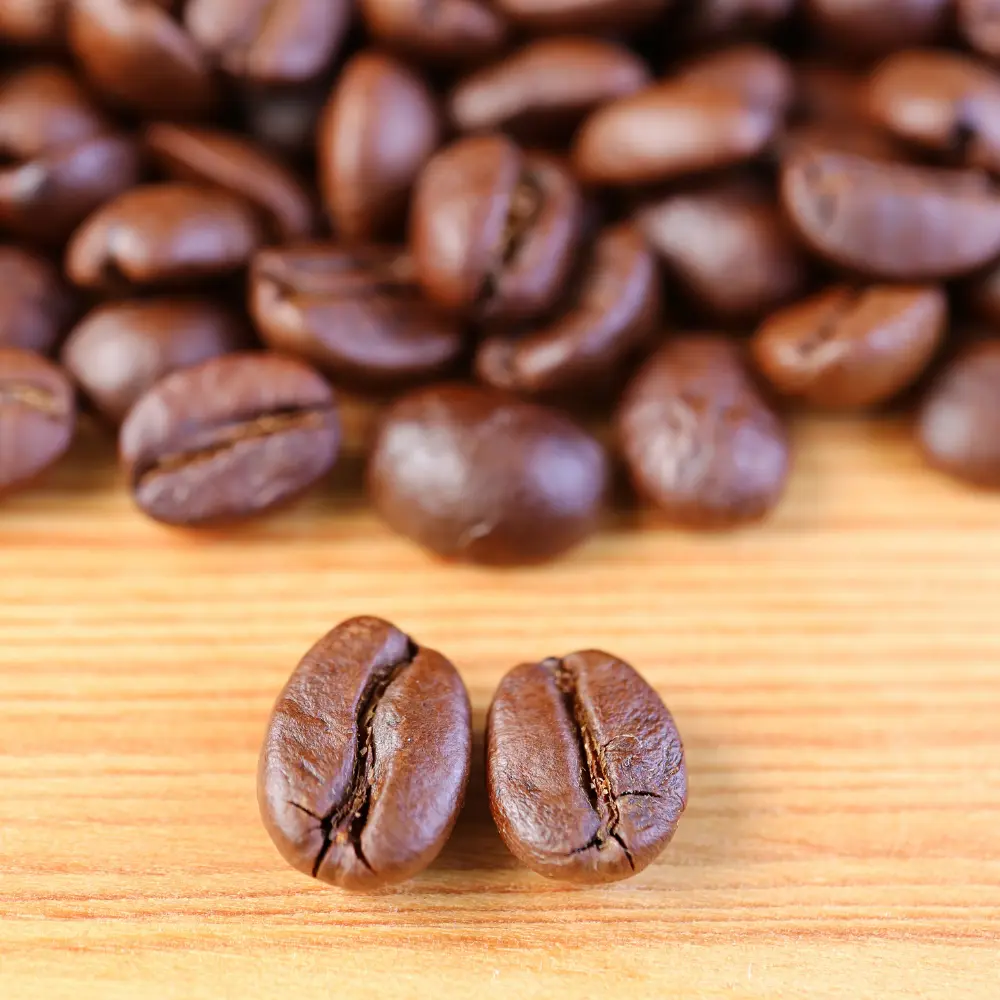
The Arabica vs Robusta coffee debate is not just about taste, but also about the historical and cultural significance of these two remarkable beans. As we sip our morning brew, we are not just consuming a beverage, but participating in a centuries-old tradition that connects us with coffee lovers around the world.
Cultivation and Production
When it comes to the Robusta vs Arabica debate, understanding the cultivation and production processes of these two coffee varieties is crucial. Each has its unique growing conditions and practices, contributing to its distinct flavors and characteristics.
Growing Conditions for Arabica
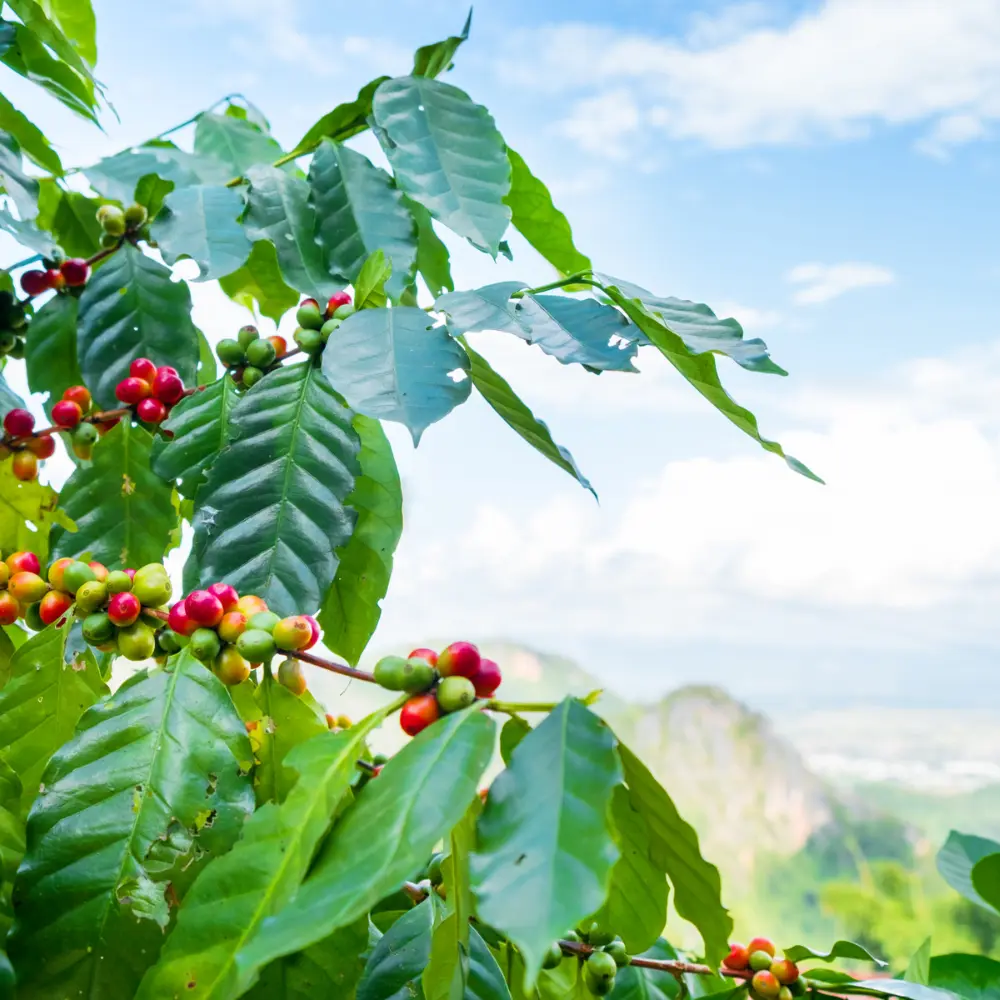
Arabica coffee plants prefer high altitudes, typically at 2,800 meters above sea level. They thrive in temperatures between 15 and 24 degrees Celsius and require a good amount of rainfall. Arabica plants are also quite sensitive and require careful attention and protection from harsh weather conditions and pests. They grow best in rich, volcanic soil, often found in mountainous regions. This is why you’ll find Arabica plantations in the highlands of countries within the “coffee belt,” a region between the Tropics of Cancer and Capricorn, where conditions are ideal for coffee cultivation. (3)
Robusta Cultivation Practices
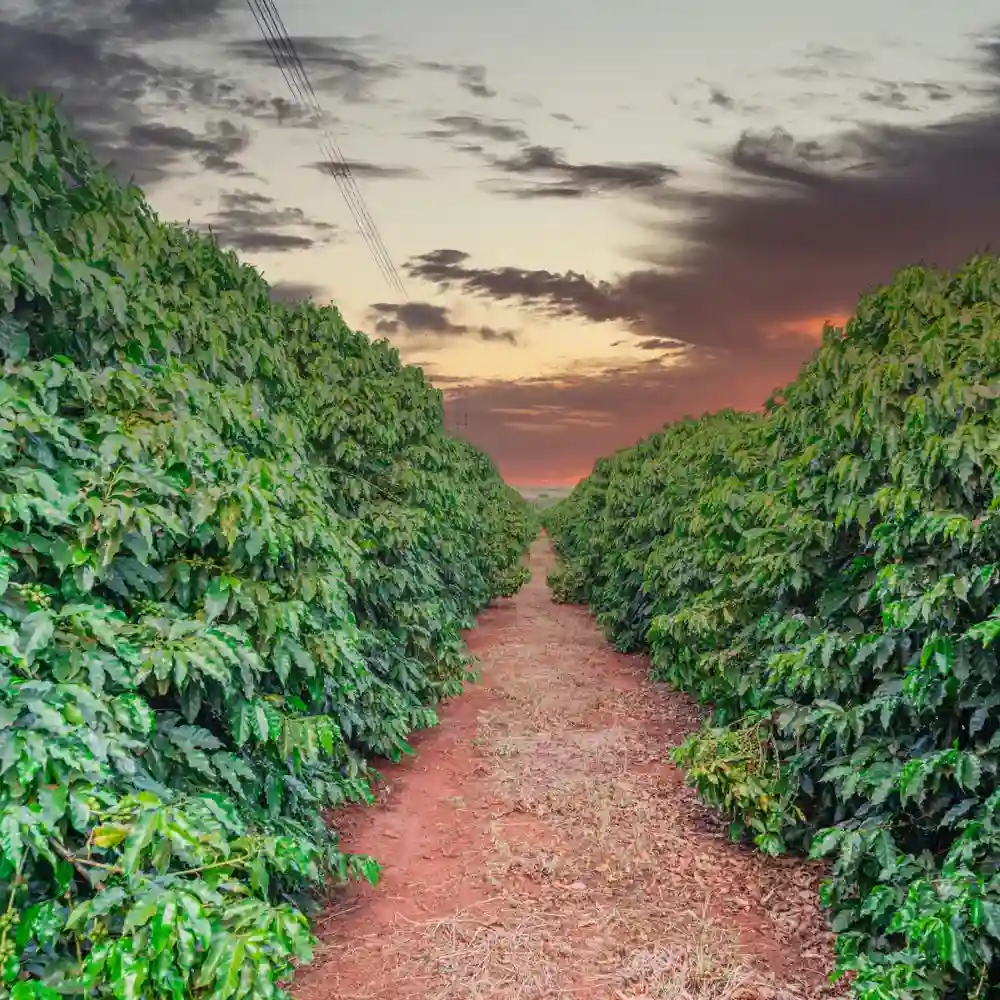
In contrast, Robusta coffee plants are much hardier. They can withstand hotter temperatures, up to 30 degrees Celsius, and lower altitudes compared to Arabica. They are also more resistant to diseases and pests, thanks to their higher caffeine content, which acts as a natural insecticide. Robusta plants yield more coffee cherries and are less labor-intensive to cultivate, making them a popular choice for farmers in regions with challenging climates. You’ll often find Robusta plantations in Africa, India, and Brazil.
Global Production Statistics
In terms of global production, Arabica leads the way, accounting for about 70% of the world’s coffee output. Brazil is the largest producer of Arabica coffee, followed by Colombia. On the other hand, Vietnam is the biggest producer of Robusta coffee, contributing significantly to the remaining 30% of global coffee production. (4)
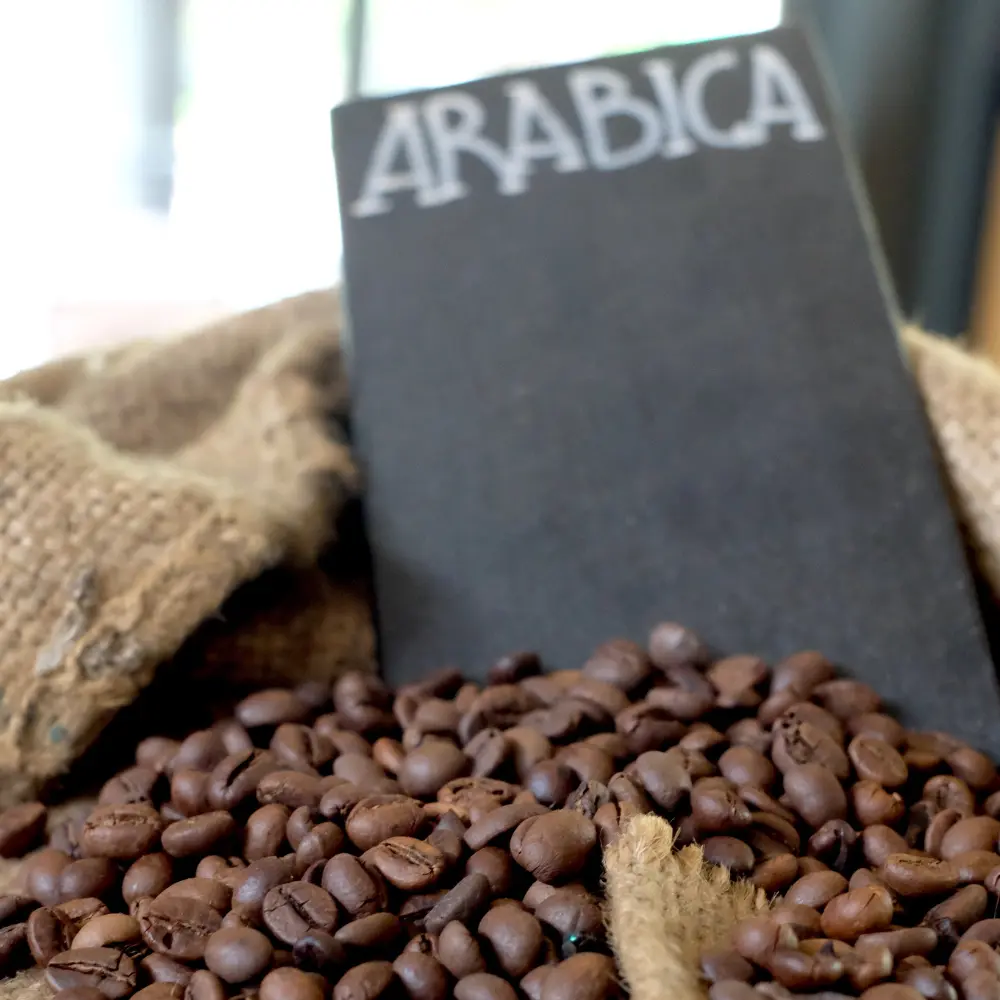
The coffee processing methods, whether wet (washed) or dry (natural), also play a significant role in the final taste of both Arabica and Robusta beans. The washed method is commonly used for Arabica beans, enhancing their nuanced flavors, while the dry method is often used for Robusta beans, resulting in a stronger, more robust flavor.
In the Robusta vs Arabica battle, understanding these cultivation and production practices helps us appreciate the journey each coffee bean takes from the farm to our cup.
Flavor Profiles and Aroma
The world of coffee is as diverse as it is delicious, with each variety offering a unique flavor profile and aroma. When it comes to Arabica and Robusta, the differences are quite pronounced, making each a unique experience for the palate.
The Distinct Taste of Arabica

Arabica coffee is often described as having a wide range of flavors, with notes that can be fruity, chocolatey, nutty, or even floral, depending on its origin and processing. It’s known for its sweetness and complexity, with a delicate, smooth body and bright acidity. Arabica’s aroma is also quite captivating, often matching the tasting notes and adding to the sensory experience. These characteristics make Arabica a favorite in coffee cupping sessions, where its nuanced flavors can be fully appreciated.
Understanding Robusta’s Flavor
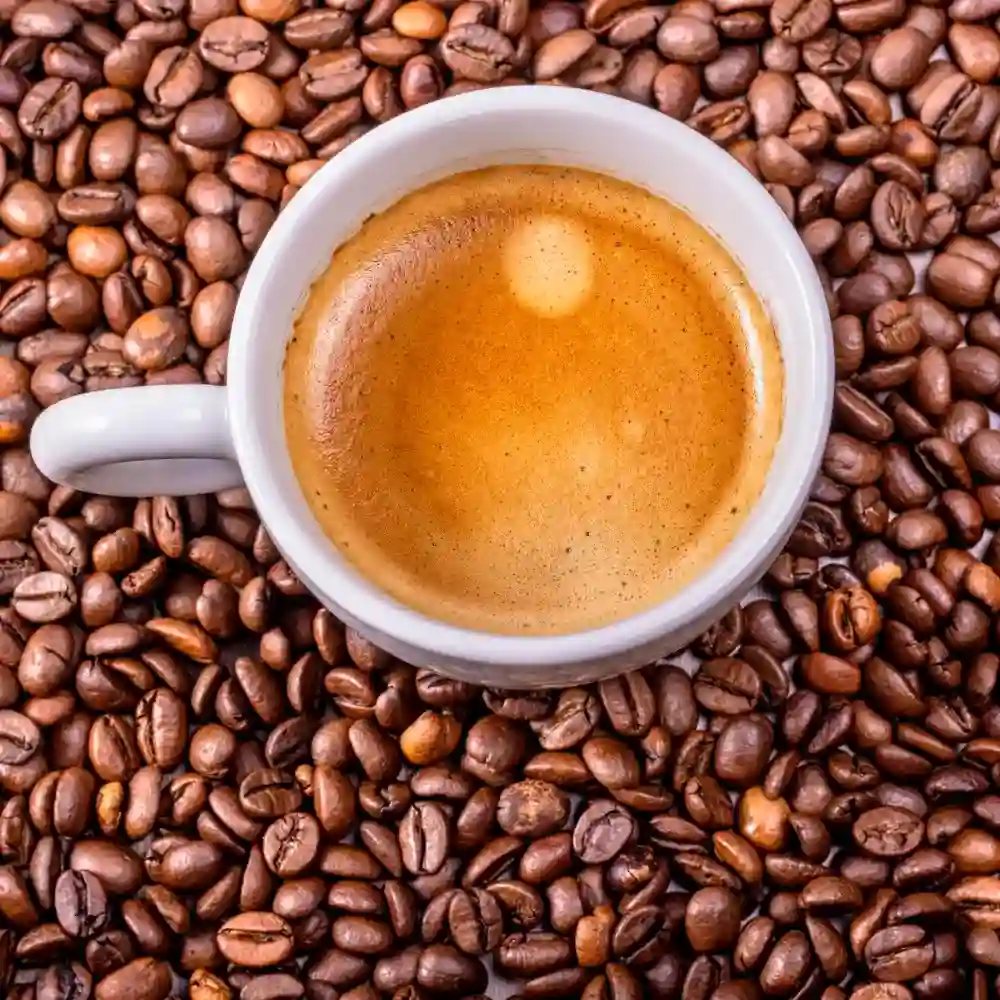
Robusta coffee, on the other hand, packs a punch with its bold, robust flavor. It’s often described as having a strong, earthy taste with a hint of bitterness and high levels of body or mouthfeel. The caffeine content in Robusta is almost double that of Arabica, which contributes to its intense flavor and fuller body. Its aroma is less complex than Arabica, often described as earthy, woody, or grain-like. Despite its less refined flavor profile, Robusta is valued for its strength and crema production, making it a popular choice for espresso blends.
The Role of Roasting in Flavor Development
Roasting plays a crucial role in the development of a coffee’s flavor profile and aroma. During the roasting process, the coffee beans undergo a series of chemical reactions that transform their raw flavors into the rich, complex tastes we love. Lighter roasts often highlight a bean’s natural flavors, making them a popular choice for high-quality Arabica beans. Darker roasts, on the other hand, tend to bring out the body and lower the acidity in the coffee, often preferred when roasting Robusta beans.
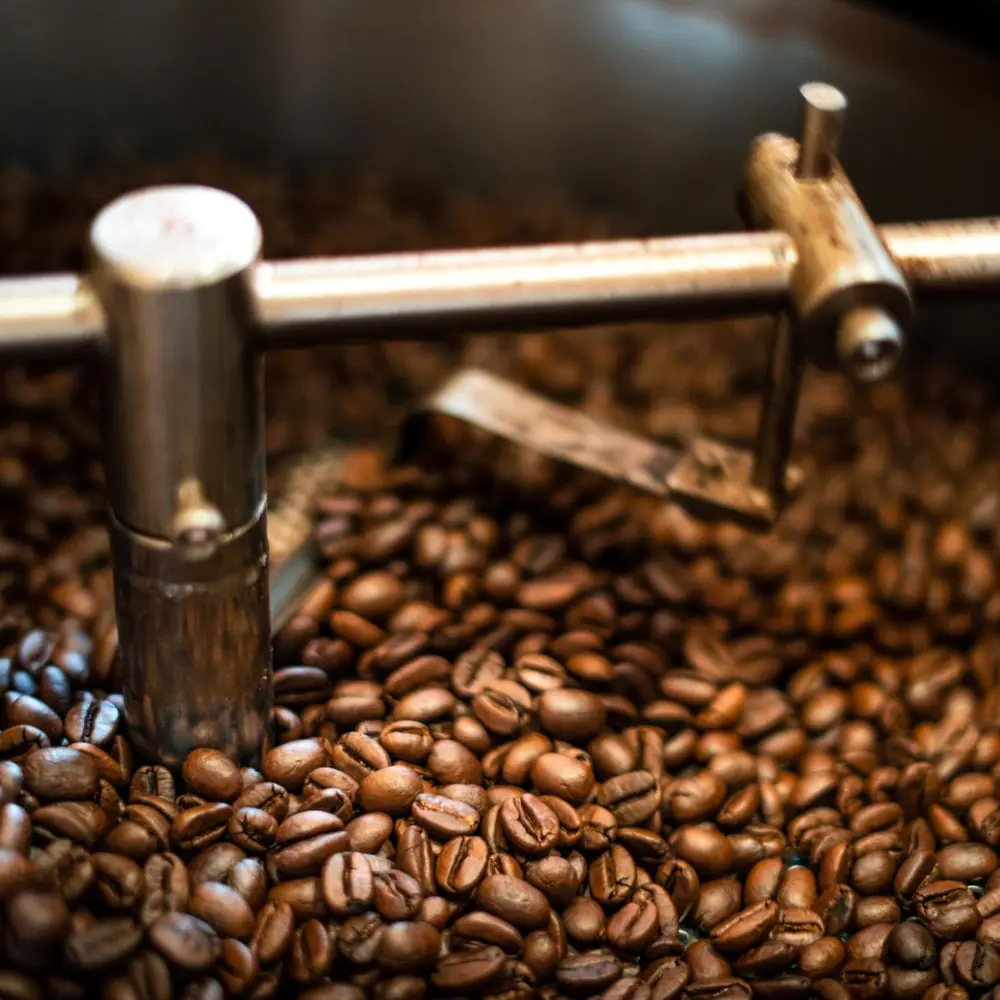
Whether you’re a fan of the refined, complex flavors of Arabica or the bold, robust taste of Robusta, understanding their flavor profiles and aromas can enhance your coffee-drinking experience and give you a new appreciation for your morning brew.
Nutritional Content and Caffeine Levels
When comparing Arabica vs Robusta coffee, it’s not just about flavor and aroma. The nutritional content and caffeine levels of these two varieties also play a significant role in their overall impact on our health and well-being.
Nutritional Breakdown of Arabica

Arabica coffee is a rich source of antioxidants, including chlorogenic acid, which has been linked to numerous health benefits, such as reducing inflammation and combating oxidative stress. (5) A typical cup of Arabica coffee contains around 95 milligrams of caffeine, although this can vary depending on factors like the brewing method and the specific variety of Arabica. It’s also virtually calorie-free, making it a healthy choice for those watching their caloric intake.
Robusta’s Nutritional and Caffeine Content
Robusta coffee, on the other hand, contains almost twice as much caffeine as Arabica, with around 160-256 milligrams per cup. This higher caffeine content contributes to Robusta’s bitter taste, but it also means it packs a stronger punch in terms of its stimulating effects. Like Arabica, Robusta is also rich in antioxidants, although it has a higher concentration of chlorogenic acid, which can contribute to its bitter flavor.
Health Implications of Coffee Consumption
The health benefits of coffee are well-documented, with numerous studies highlighting its potential to reduce the risk of various diseases, from heart disease to certain types of cancer. (6) Both Arabica and Robusta offer these benefits, thanks to their high antioxidant content. However, it’s important to remember that while coffee can be a healthy addition to your diet, moderation is key. Overconsumption of caffeine can lead to side effects like restlessness, insomnia, and increased heart rate.

In the Arabica vs Robusta coffee debate, understanding their nutritional content and caffeine levels can help you make an informed choice about which variety best suits your taste buds and your health needs. Whether you prefer the smooth, nuanced flavors of Arabica or the bold, robust taste of Robusta, both offer a wealth of health benefits that make that morning cup of coffee even more enjoyable.
Economic Impact and Sustainability
The economic impact of Arabica and Robusta coffee is vast, influencing global trade and local economies. Moreover, sustainability efforts in coffee production are increasingly important, as consumers become more conscious of the environmental and social impacts of their purchases.
The Market for Arabica
As mentioned before, Arabica coffee dominates the global market, accounting for about 70% of all coffee produced. Its superior flavor profile and wide range of varieties make it a favorite among coffee lovers, and it often fetches a higher price than Robusta. This has significant economic implications for countries that primarily produce Arabica, such as Brazil and Colombia. However, the cultivation of Arabica is labor-intensive and susceptible to climate change and pests, which can lead to price volatility.
Robusta’s Economic Influence
Robusta coffee, while less valued for its taste, plays a crucial role in the global coffee market. It’s cheaper and easier to grow than Arabica, making it an important crop for countries with less ideal coffee-growing conditions. As mentioned before, Vietnam, the world’s largest Robusta producer, has seen significant economic growth thanks to its robust coffee industry. Robusta is also a key ingredient in many instant coffees and espresso blends, which are popular in various markets worldwide.
Sustainability Efforts in Coffee Production
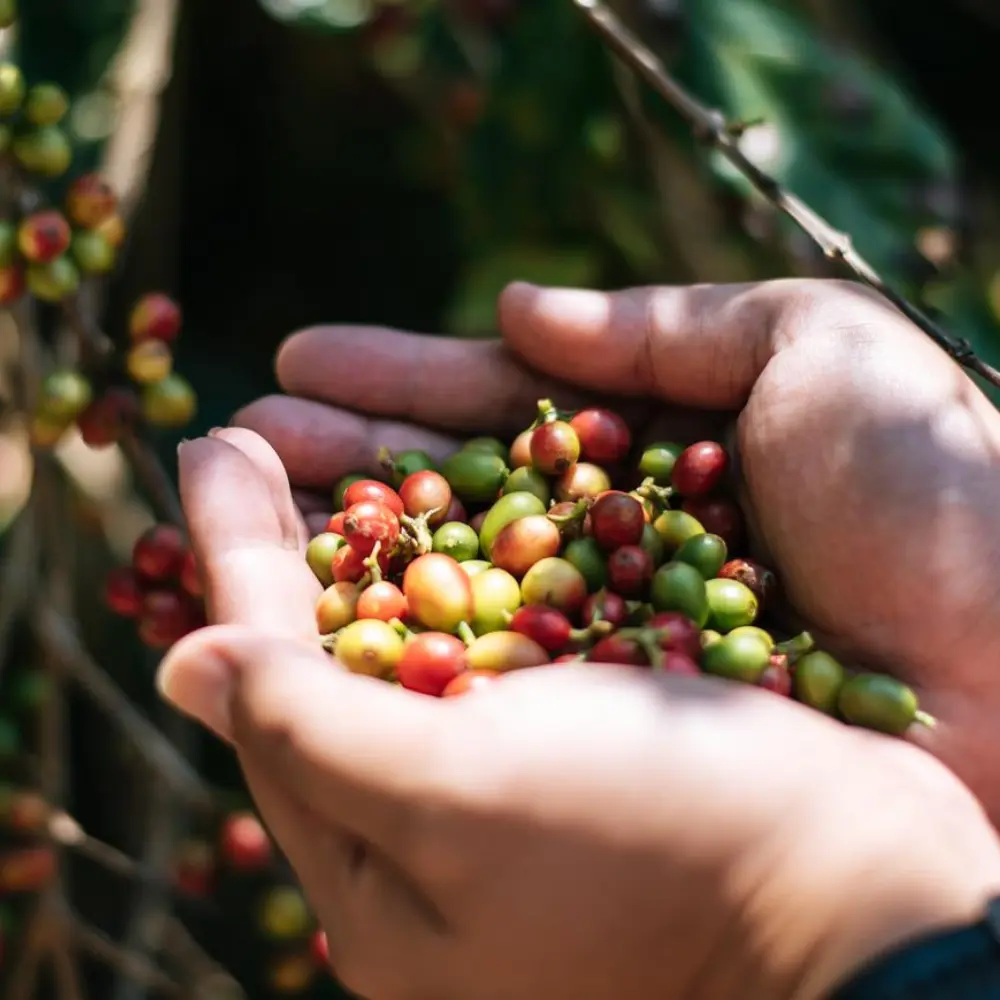
Sustainability in coffee production is a growing concern. Both Arabica and Robusta cultivation can have significant environmental impacts, including deforestation and soil degradation. As a result, many coffee producers and brands are implementing sustainable farming practices, such as shade-grown coffee, organic farming, and water conservation methods. Additionally, certifications like Fair Trade and Rainforest Alliance are becoming more common, ensuring better wages for coffee farmers and more environmentally friendly farming practices. Consumers can support these efforts by choosing sustainable coffee brands when purchasing their beans.
In the Arabica vs Robusta coffee debate, considering the economic impact and sustainability efforts of each variety can help us make more informed choices, not just for our taste buds, but for the global community and the environment as well.
Conclusion
As we reach the end of our Bean Battle Royale, it’s clear that both Arabica and Robusta coffee have unique characteristics that make them stand out in their own right. From their distinct origins and cultivation practices to their unique flavor profiles and nutritional content, each bean tells a story of tradition, culture, and passion for coffee.
Arabica, with its delicate flavors and complex aroma, continues to be the choice for coffee connoisseurs around the world. On the other hand, Robusta, with its bold taste and higher caffeine content, holds its ground, especially in traditional espresso blends and instant coffees.
But beyond the taste and aroma lies the impact of our coffee choices on the global economy and the environment. By understanding the economic influence of these beans and supporting sustainable coffee brands, we can contribute to a more equitable and environmentally friendly coffee industry.
So, whether you’re team Arabica or team Robusta, remember that each cup of coffee is a testament to the rich history and diversity of the coffee world. As you savor your next brew, take a moment to appreciate the journey of the beans from the farm to your cup. After all, every coffee bean, be it Arabica or Robusta, has its own tale to tell in the grand Bean Battle Royale.
FAQ
How does the cultivation of Arabica differ from Robusta?
Arabica coffee is grown in high altitudes and requires careful attention, while Robusta is hardier, grows at lower altitudes, and can withstand harsher climates.
How do the flavor profiles of Arabica and Robusta compare?
Arabica coffee has a smooth, delicate flavor with low acidity, while Robusta has a strong, robust flavor with a hint of bitterness.
What is the caffeine content in Arabica vs Robusta?
Robusta coffee contains almost double the caffeine content of Arabica. A typical cup of Arabica has around 95 milligrams of caffeine, while Robusta has between 160-256 milligrams.
How do Arabica and Robusta impact the global coffee market?
Arabica dominates the global coffee market in terms of production and price, while Robusta plays a crucial role in regions with challenging climates and is a key ingredient in many instant coffees and espresso blends.
